Nitecore TUBE 2.0 Keychain Flashlight Review
Here’s the Nitecore TUBE 2.0 Flashlight; a slim keychain light, with a bare 5mm emitter and ramping. Read on for some testing!
Official Specs and Features
Here’s a link to the official product page.
Versions
Only one version is available but it comes in a host of body colors. The superior orange is seen here, but there’s also (using their official color names): Black, Blue, Red, Olive, Transparent, Azure, Jacinth, Lemon, and Green.
Price
These are selling for around $10 on Amazon (referral link).
Short Review
This light is ok. It would live nicely on a keychain and be useful with low output in “keychain type needs” but it’s not anything past that. As such, it’s a fine low-cost light, available with many color options.
Long Review
The Big Table
| Nitecore Tube V2.0 | |
|---|---|
| Emitter: | Yes |
| Price in USD at publication time: | $9.99 |
| Cell: | Internal |
| Turbo Runtime | |
| LVP? | ? |
| Switch Type: | E-Switch |
| Quiescent Current (A): | ? |
| On-Board Charging? | Yes |
| Chargetime | |
| Power off Charge Port? | Yes |
| Claimed Lumens (lm) | 55 |
| Claimed Throw (m) | 25 |
| Candela (Calculated) in cd (at 30s) | 9lux @ 2.794m = 70cd |
| Throw (Calculated) (m) | 16.8 (67.2% of claim)^ |
| All my Nitecore reviews! | |
^ Measurement disclaimer: Testing flashlights is my hobby. I use hobbyist-level equipment for testing, including some I made myself. Try not to get buried in the details of manufacturer specifications versus measurements recorded here; A certain amount of difference (say, 10 or 15%) is perfectly reasonable.
What’s Included
- Nitecore TUBE2.0
- Split ring small
- Split ring large
Package and Manual
“Frustration-free” open package.
The manual is a pared-down Nitecore manual – only English here.
Build Quality and Disassembly
This feels like a plastic body light. The halves are screwed together by tiny Philips screws
But overall the build isn’t bad, and the halves stay together securely.
Size and Comps
Officially
Length 56.5 mm / 2.22 in
Weight 9.6 g / 0.33 oz
Retention and Carry
This is a keychain light, so it’s intended to attach to your keyring. Or if you don’t have a keyring, it’s intended to attach to either of the two included rings.
There are two metal loops in the tail for this purpose. These are very secure.
There’s no pocket clip or pocket clip option, and no magnet, etc. Since there’s no clip, it can’t be used as a hatlight, either. (Though that would be a smart addition). A very small magnet somewhere clever inside the body would make this work well, I believe.
Power and Runtime
The TUBE2.0 is powered by an internal lipo.
Here’s a runtime on the highest output.
I also tested the lowest mode but after 30 hours or so, upon realizing my copy of Excel would die a sure death trying to process this file, I stopped the test. The output was extremely stable for the duration of that time.
Charging
Since the battery is built-in, onboard charging is a must. Here that’s done by micro-USB.
Charging looks very good and steady at around 1C. The capacity also checks out. (125mAh claimed.)
While charging, an internal LED is lit. When charging is complete, this emitter shuts off.
Pulse Width Modulation
The lower modes have PWM. The lowest mode has extremely visible PWM. Possibly to the point of needing a strobe warning.
Here you can see a “baseline” – a chart with almost no light hitting the sensor.
Then there’s the Ultrafire WF-602C flashlight, which has some of the worst PWM I’ve seen. It’s so bad that I used a post about it to explain PWM! Here are multiple timescales (10ms, 5ms, 2ms, 1ms, 0.5ms, 0.2ms) to make comparing this “worst” PWM light to the test light easier. That post also explains why I didn’t test the WF-602C at the usual 50us scale.
User Interface and Operation
There’s a single e-switch on the side of the TUBE2.0. It’s rubberized, which is in contrast to the body which is slick plastic. So it’s easy to feel and find. It’s click, with very low travel.
Here’s a user interface table!
| State | Action | Result |
|---|---|---|
| Off | Click | Low |
| On <3s | Click | High |
| On >3s | Click | Off |
| Off | Double Click | High |
| Off | Hold | Momentary High |
| Off | Click then hold | Ramping from Low |
| On | Hold >3s | Lockout |
| Lockout | Hold >3s | Unlock to High |
LED and Beam
There’s no claim to what emitter is used here. It’s an exposed 5mm LED, though.
These beamshots always have the following settings: f8, ISO100, 0.3s shutter, and manual 5000K exposure. These photos are taken at floor level, and the beam hits the ceiling around 9 feet away.
Tint vs BLF-348 (KillzoneFlashlights.com 219b version) (affiliate link)
I compare everything to the Killzone 219b BLF-348 because it’s inexpensive and has the best tint!
Conclusion
What I like
- Orange (and all those other inferior body colors)
- Easy operation
- Good charging, at 1C (improved over V1)
- 55 lumens is plenty for keychain use (55 is improved over V1)
What I don’t like
- PWM is fairly bad on the lower modes
- The user interface can be easy to mess up
Notes
- This light was provided by Nitecore for review. I was not paid to write this review.
- This content originally appeared at zeroair.org. Please visit there for the best experience!
- For flashlight-related patches, stickers, and gear, head over to PhotonPhreaks.com!
- Use my amazon.com referral link if you’re willing to help support making more reviews like this one!
- Please support me on Patreon! I deeply appreciate your support!





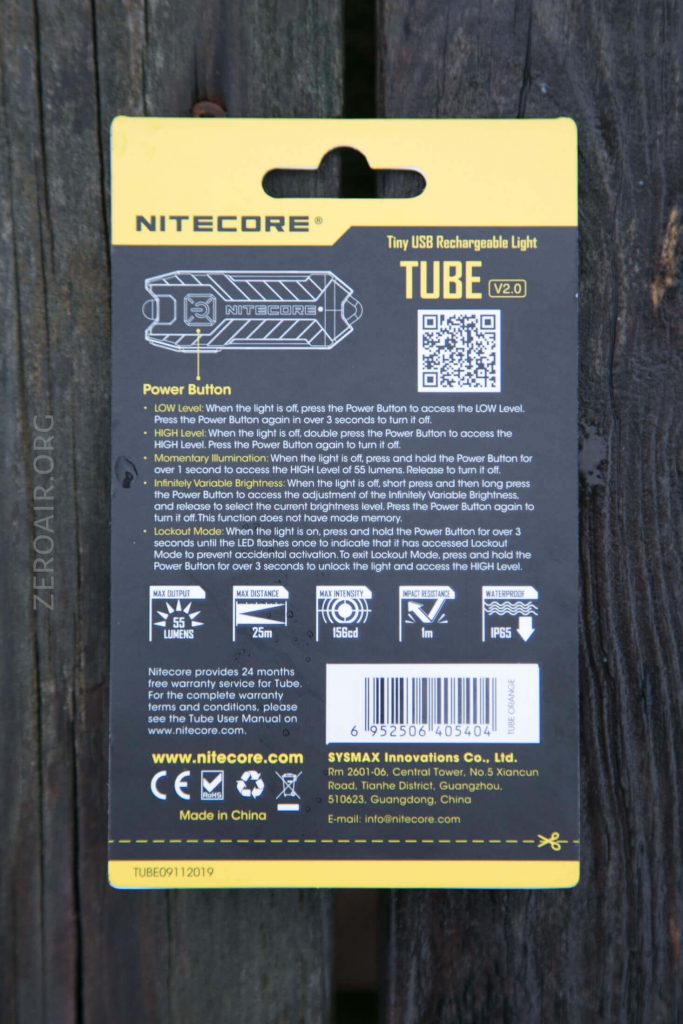



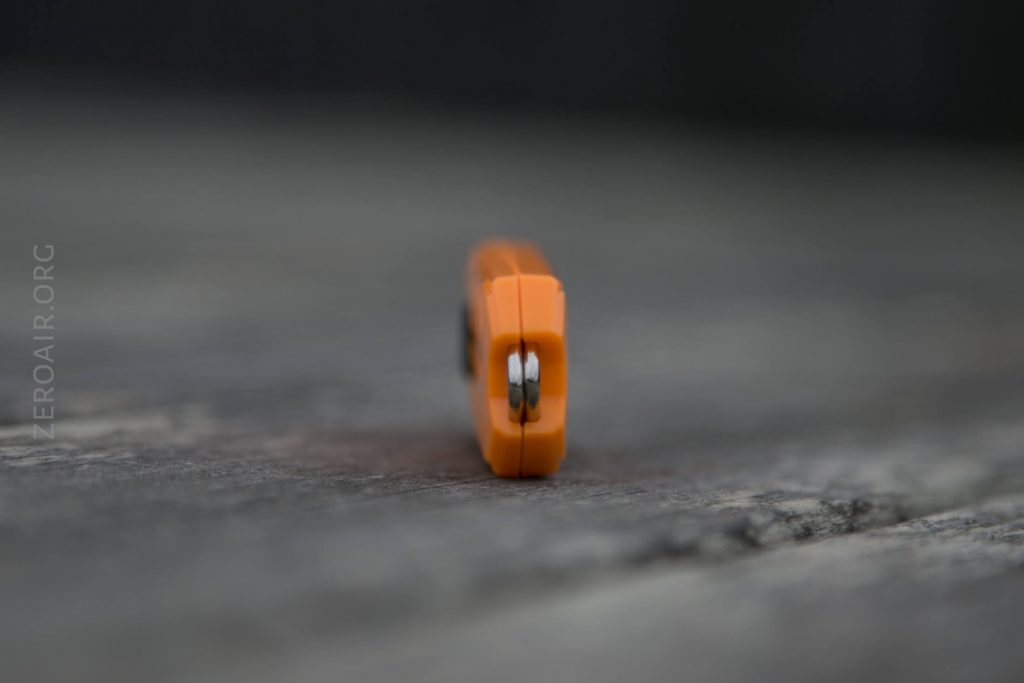




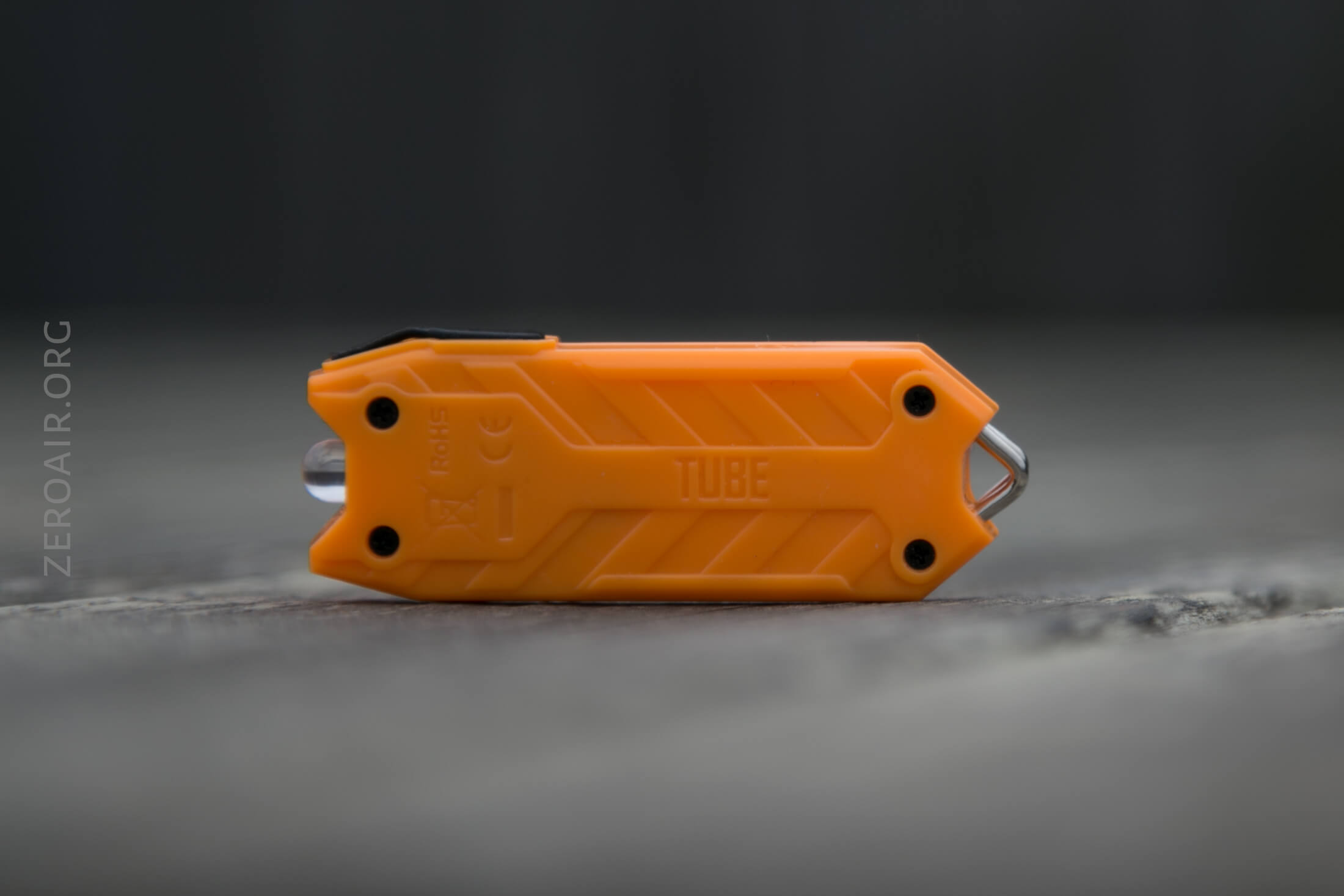

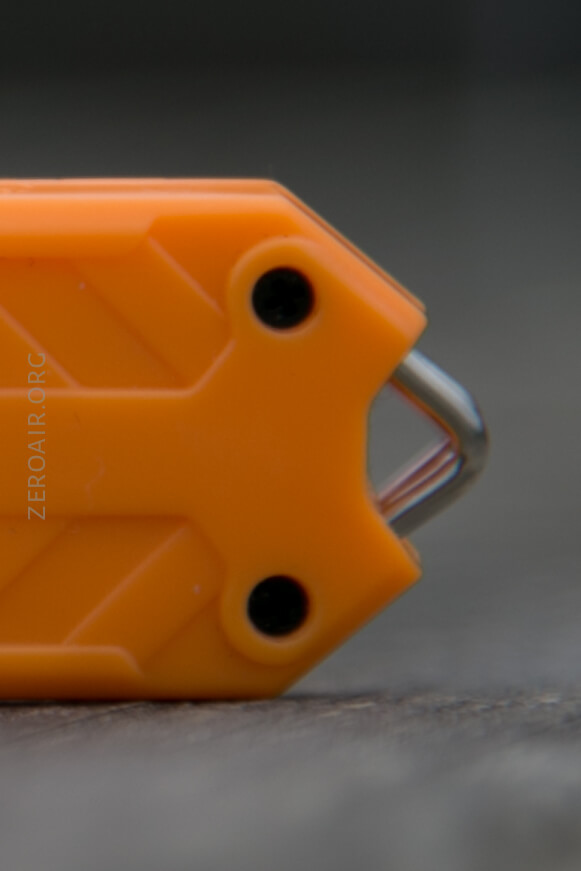
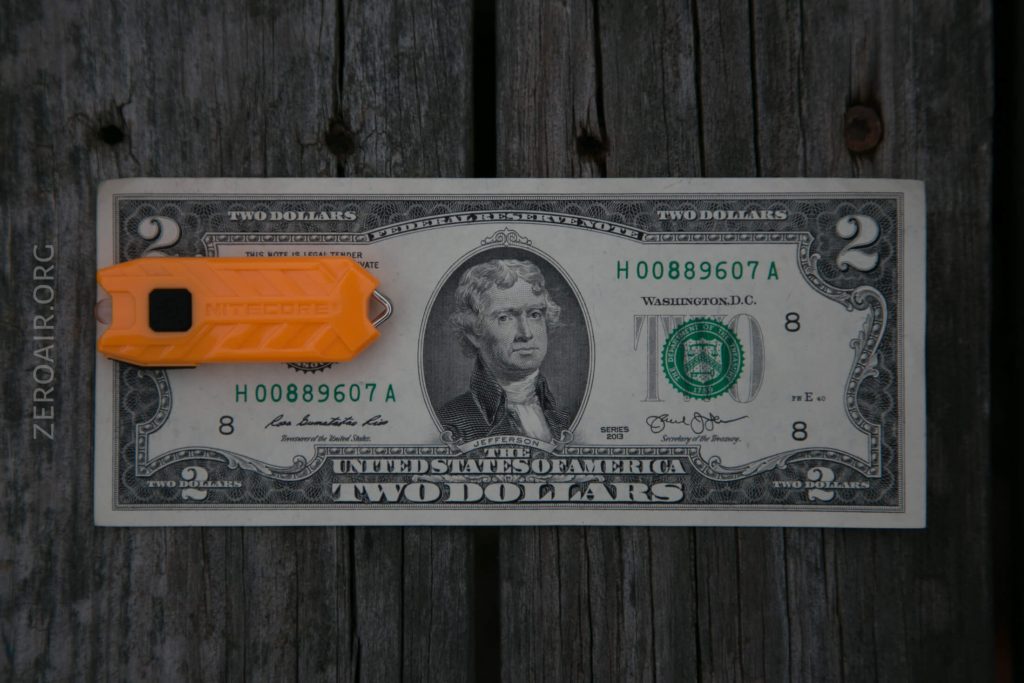







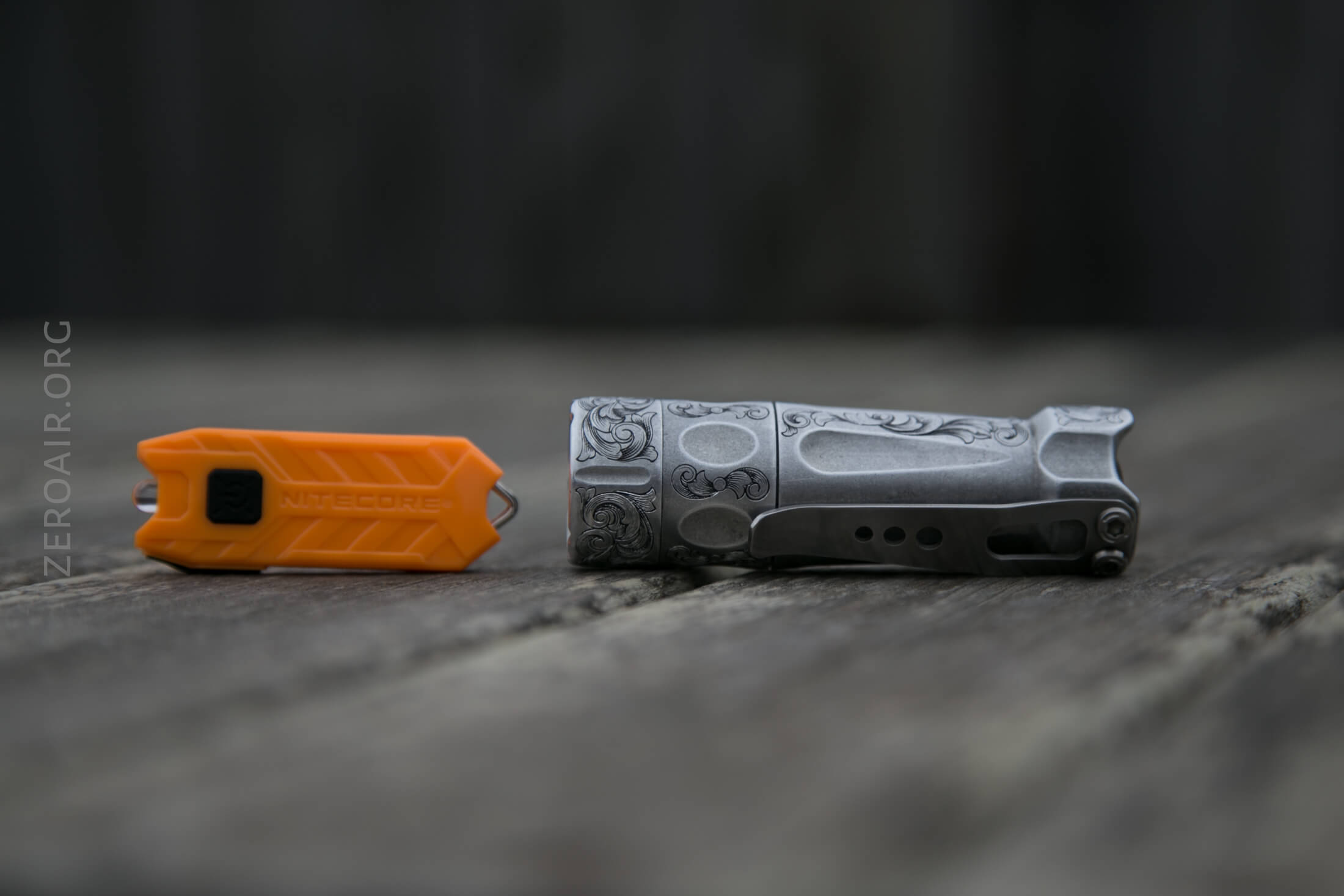
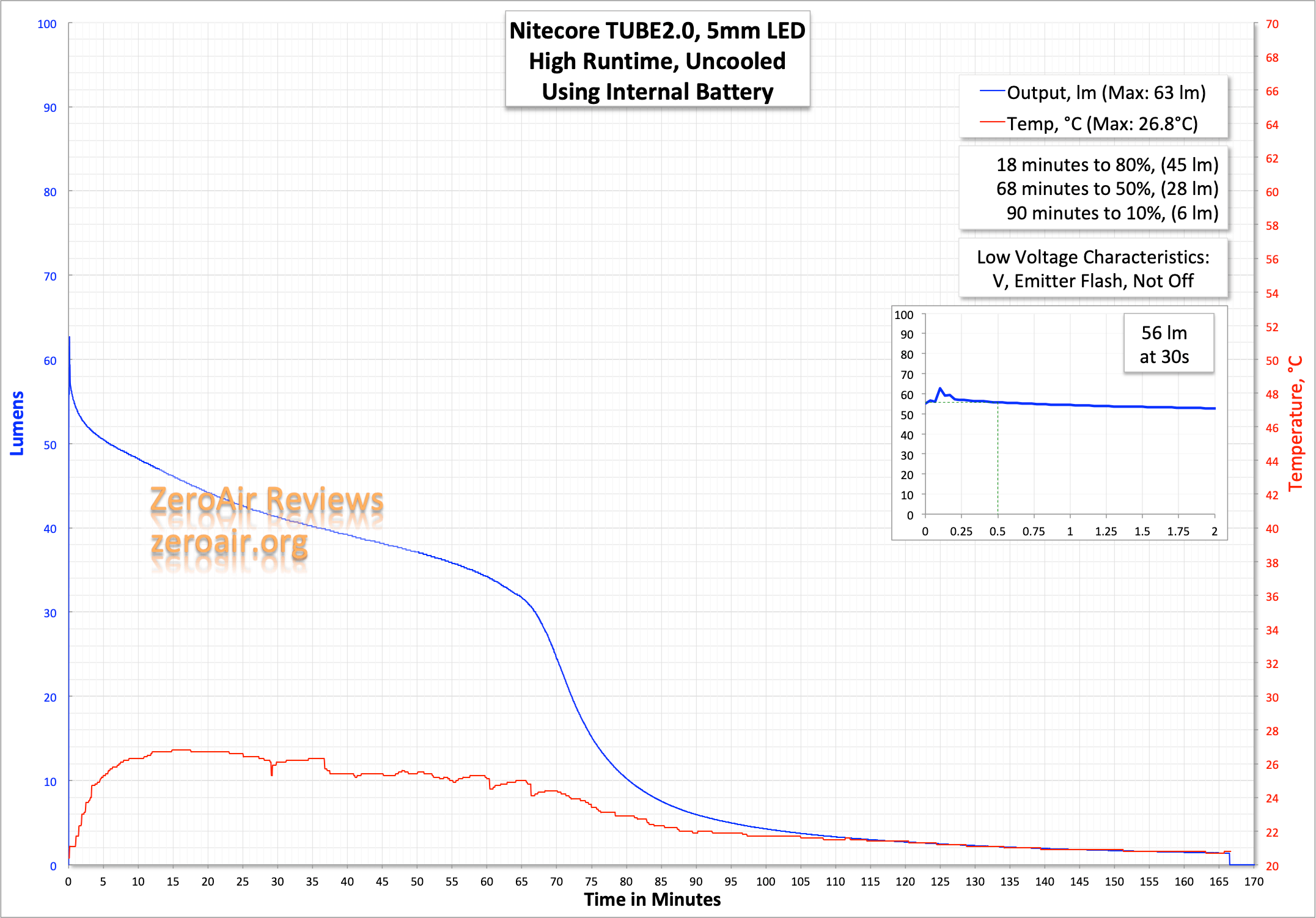

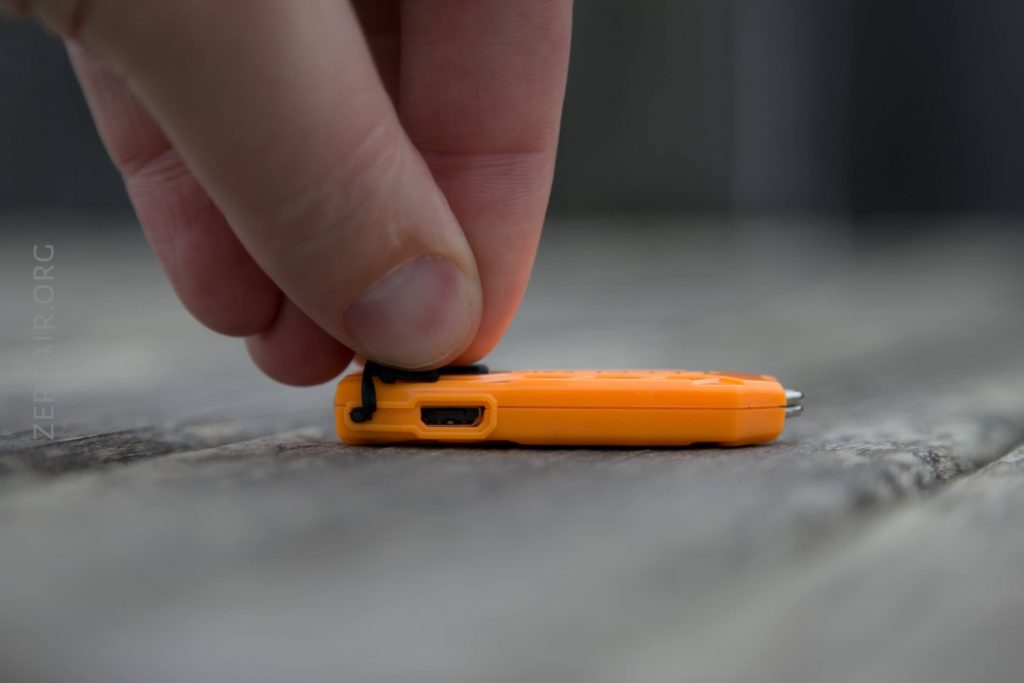

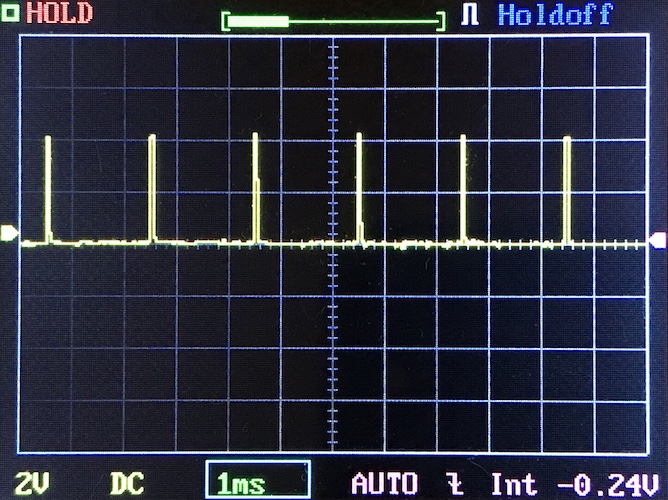
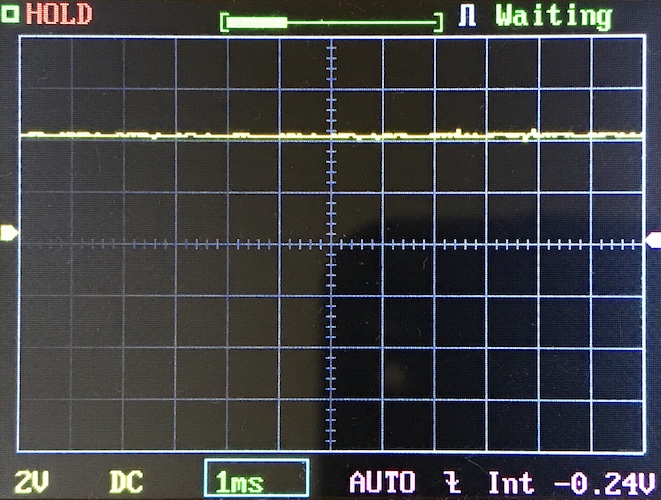




The 2.0 light supposedly does have LVP according to the product page. This is one of the changes vs 1.0. I have a 1.0, currently on closeout from illumn.com for $5. Its PWM in my opinion is tolerable for a keychain light and doesn’t need a strobe warning, but the blue charging led, oh boy. It is ridiculously bright and obnoxious. I had to cover it while charging.